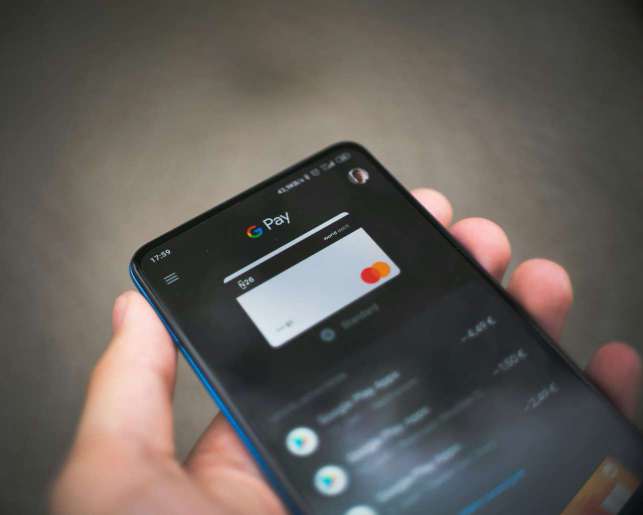Designing the Future: The Use of AR and VR in Architecture and Design
6 min read
11 Aug 2024
The field of architecture and design is undergoing a profound transformation with the integration of Augmented Reality (AR) and Virtual Reality (VR) technologies. These innovative tools are revolutionizing the way architects, designers, and clients visualize, conceptualize, and interact with architectural projects, offering new possibilities for creativity, collaboration, and efficiency.
One of the primary advantages of AR and VR in architecture and design is their ability to create immersive and interactive experiences that enable stakeholders to explore and interact with virtual architectural models in a realistic manner. VR allows users to step into virtual environments and experience architectural designs at full scale, providing a deeper understanding of spatial relationships, proportions, and design aesthetics.
AR, on the other hand, overlays digital architectural models onto the real world, allowing users to visualize proposed designs in the context of their physical surroundings. This enables architects and designers to communicate design concepts more effectively to clients and stakeholders, facilitating better decision-making and reducing the need for costly design revisions.

Moreover, AR and VR technologies are transforming the design process itself by enabling real-time collaboration and iteration. Design teams can use VR collaboration platforms to work together on virtual models in real-time, regardless of their physical location. This not only streamlines the design process but also fosters greater creativity and innovation by allowing team members to explore and experiment with design ideas in a virtual environment.
In addition to streamlining the design process, AR and VR are also revolutionizing architectural education and training. Students and professionals can use VR simulations to explore architectural principles, study historical buildings, and practice design concepts in a safe and immersive environment. AR applications, meanwhile, provide on-site training opportunities, allowing users to overlay digital annotations and instructions onto real-world architectural sites for hands-on learning experiences.
As AR and VR technology continues to advance, the future of architecture and design is poised to be even more dynamic and transformative. From virtual reality tours of unbuilt architectural projects to augmented reality visualization tools that blend digital and physical design elements seamlessly, AR and VR are reshaping the way we conceive, create, and experience the built environment. By embracing these innovative technologies, architects and designers can unlock new levels of creativity, efficiency, and sustainability in their practice, paving the way for a more innovative and inclusive built environment for future generations.
More Articles

Contactless Payments: The Safe, Fast, and Easy Way to Pay
7 min read | 05 Aug 2024

Mobile Payments: How Your Phone is Becoming Your Wallet
6 min read | 04 Aug 2024

Omnichannel Retail: The Future of Shopping Unveiled
7 min read | 03 Aug 2024

Smart Retail: How Technology is Changing Your Shopping Experience
6 min read | 02 Aug 2024
More Articles

Blockchain Forks: Types, Implications, and Their Role in Innovation
5 min read | 07 Jul 2024

Public Key Infrastructure (PKI) in Blockchain: Ensuring Secure Transactions
4 min read | 06 Jul 2024

Tokenization: Digitizing Real-World Assets on the Blockchain
4 min read | 05 Jul 2024

Permissioned vs. Permissionless Blockchains: Which is Better?
3 min read | 04 Jul 2024
